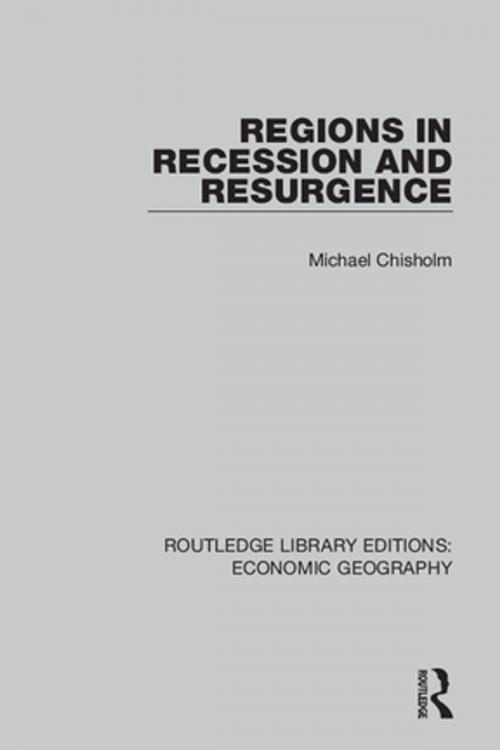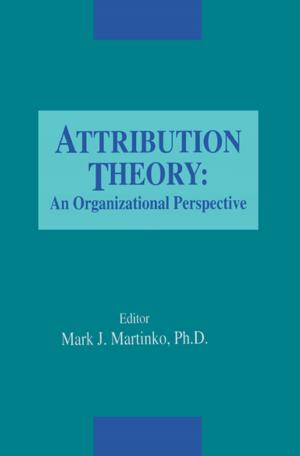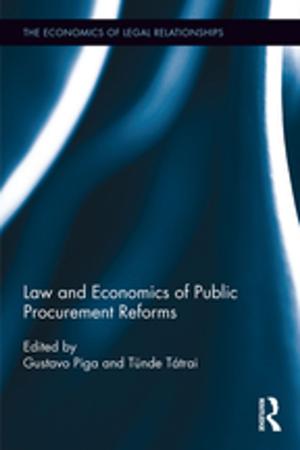Regions in Recession and Resurgence
Nonfiction, Social & Cultural Studies, Social Science, Human Geography| Author: | Michael Chisholm | ISBN: | 9781317518884 |
| Publisher: | Taylor and Francis | Publication: | March 27, 2015 |
| Imprint: | Routledge | Language: | English |
| Author: | Michael Chisholm |
| ISBN: | 9781317518884 |
| Publisher: | Taylor and Francis |
| Publication: | March 27, 2015 |
| Imprint: | Routledge |
| Language: | English |
The world economy has undergone rapid evolution in recent decades, along with changes in the importance of industries and their organization, and sharp changes in the fortunes of regions. There are differences of opinion regarding the mainsprings of change and development and the role of goverments in fostering national output. In order to show the relvance of these changes to regional economies, the book focuses on the different schools of economic thought – from the neo-classical, through Keynesian to Marxist/radical ideas and monetarist/supply-side thinking – providing a brief description of their structure in non-spatial terms. The way these theories map into contrasting ideas regarding the mechanisms of regional economic growth is then explained. The book concentrates on developed economies and explicitly seeks to confront theory with fact, fact with theory. Bringing together non-spatial economic thery, regional growth theory and relevant empirical data, this book is intended for students in geography and regional economics but will also be of interest for those studying politics and government.
The world economy has undergone rapid evolution in recent decades, along with changes in the importance of industries and their organization, and sharp changes in the fortunes of regions. There are differences of opinion regarding the mainsprings of change and development and the role of goverments in fostering national output. In order to show the relvance of these changes to regional economies, the book focuses on the different schools of economic thought – from the neo-classical, through Keynesian to Marxist/radical ideas and monetarist/supply-side thinking – providing a brief description of their structure in non-spatial terms. The way these theories map into contrasting ideas regarding the mechanisms of regional economic growth is then explained. The book concentrates on developed economies and explicitly seeks to confront theory with fact, fact with theory. Bringing together non-spatial economic thery, regional growth theory and relevant empirical data, this book is intended for students in geography and regional economics but will also be of interest for those studying politics and government.















